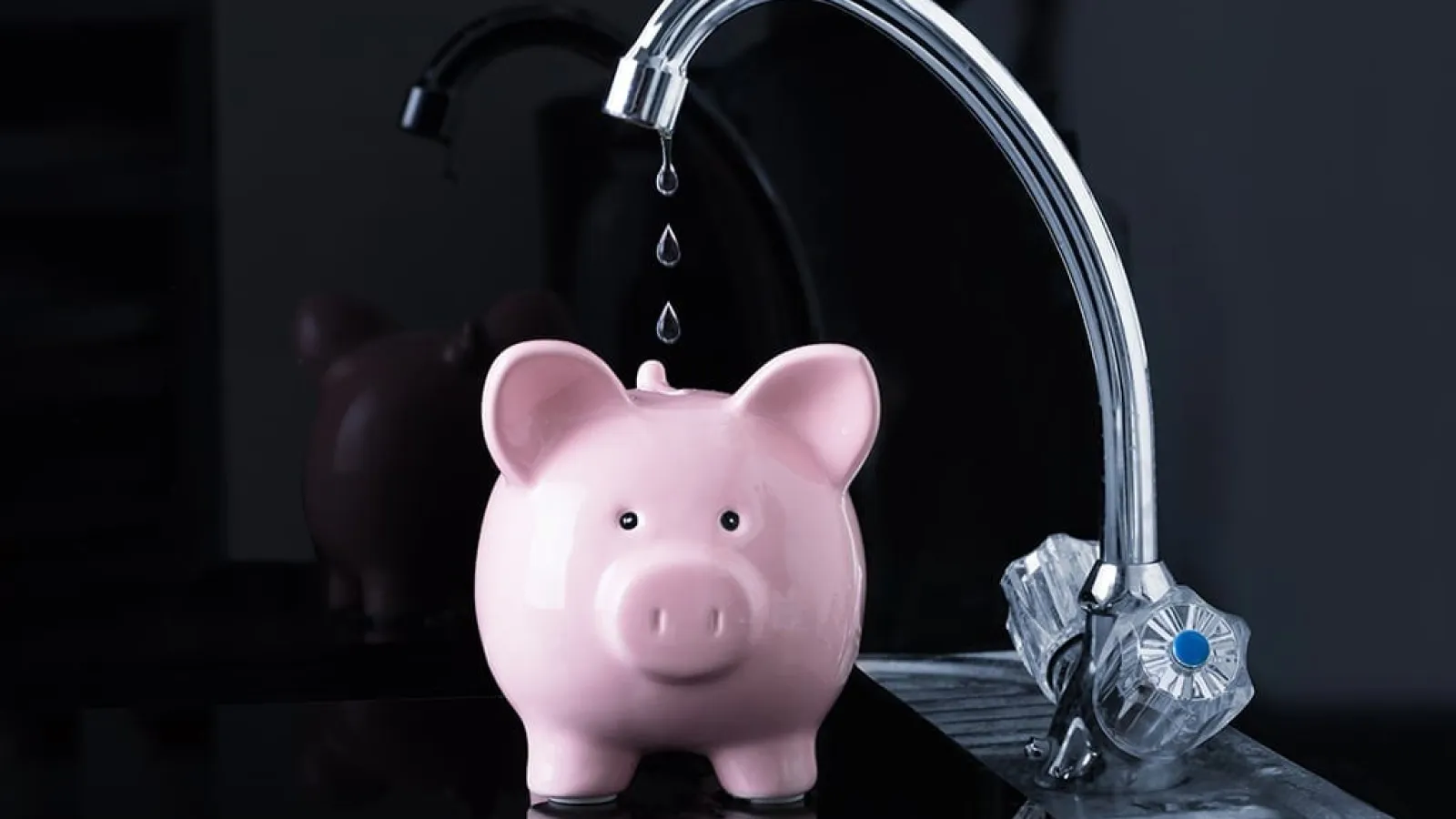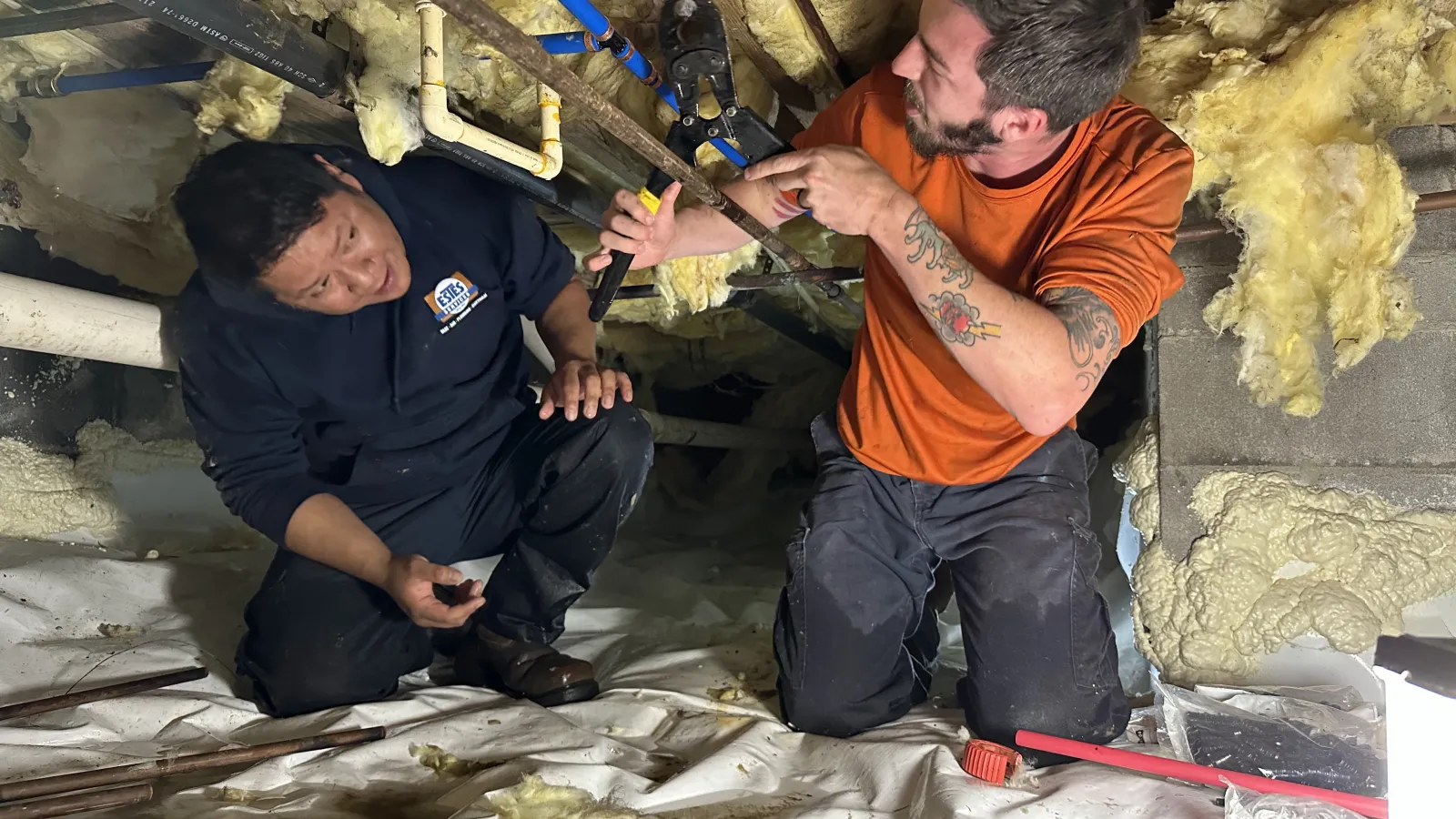Water Conservation Tips from a Licensed Plumber
Ask any professional plumber conserving water simply makes sense. Water is a limited resource, and according to Plumbing Manufacturers International, water managers in 40 of the 50 states expect water shortages within the next decade. Contributing factors include drought, population growth, and aging water treatment and distribution systems.
Although many households in the United States currently enjoy relatively affordable water service, outdated infrastructure and increasing demand will eventually raise costs for consumers. The good news is that homeowners can take meaningful steps today to reduce water usage, protect their plumbing system, and avoid unnecessary expenses.
Install Water-Saving Plumbing Fixtures
One of the most effective ways to reduce the amount of water your home uses is by upgrading to WaterSense-labeled fixtures.
The Environmental Protection Agency (EPA) created the WaterSense program to identify plumbing products that are at least 20 percent more efficient than federal standards set by the 1994 Energy Policy Act. These fixtures help conserve water without sacrificing performance.
According to the EPA, WaterSense toilets, faucets, and showerheads have already saved more than two trillion gallons of water nationwide. Installation is quick when handled by a licensed plumber, and the results are immediate.
Learn more about professional installation here
Replace Your Showerhead to Reduce Water Usage
Showers are one of the largest contributors to indoor water consumption. Switching to a WaterSense showerhead with an aerator helps reduce water use by mixing air into the stream while maintaining steady water pressure.
This simple upgrade improves efficiency without changing your daily routine—and supports long-term water conservation.
Upgrade Faucets with WaterSense Technology
The EPA estimates that faucets account for about 15 percent of indoor household water use. WaterSense faucets can reduce that use by roughly 20 percent.
Adding a faucet aerator is an affordable solution that improves water flow while lowering overall consumption. Many local utilities even offer aerators as part of energy-efficiency audits.
Replace Old Toilets with WaterSense Toilets
Old toilets manufactured before 1994 can use up to six gallons of water per flush. Studies from the Alliance for Water Efficiency estimate that replacing these toilets nationwide could save more than 360 billion gallons of water.
Modern WaterSense toilets are designed for efficiency and reliability, eliminating concerns about flushing power while dramatically lowering water usage.
Practice Responsible Water Use at Home
Upgrading fixtures helps, but daily habits also play a key role in reducing water waste.
The EPA recommends simple actions such as:
- Turning off the tap while brushing your teeth (saves up to 3,000 gallons per year)
- Running dishwashers only when full
- Limiting lawn watering to one inch per week
- Using native or drought-tolerant landscaping
These changes reduce strain on your water supply and preserve valuable water resources.
Fix Leaks Before They Become Costly Problems
Leaks are one of the most common and costly sources of wasted water. A sudden spike in your water bill may indicate a hidden issue such as an underground water line leak.
The average household can waste more than 9,000 gallons of water annually due to leaks. Left unaddressed, leaks can lead to water damage, reduced water pressure, and disruption to your home's water system.
If you suspect a leak, contact a plumber near you for immediate evaluation. Estes Services offers professional leak detection and repair to protect your home and your budget.
Explore plumbing solutions here
For urgent issues, emergency plumbing assitance is available.
Professional Plumber Assistance from Estes Services
Whether you're upgrading fixtures, addressing leaks, or improving your home's overall water saving strategy, working with a professional plumber ensures safe, effective results.
Estes Services has been helping homeowners since 1949 with reliable plumbing solutions designed to improve efficiency, protect property, and reduce long-term costs. Our team handles everything from fixture upgrades to water line repairs and emergency plumbing situations.
Learn more or schedule service here



